The Netherlands celebrates 100 years of De Stijl
Curator Hans Janssen on the Dutch art movement's origins and enduring influence ahead of a major retrospective on its founders in The Hague
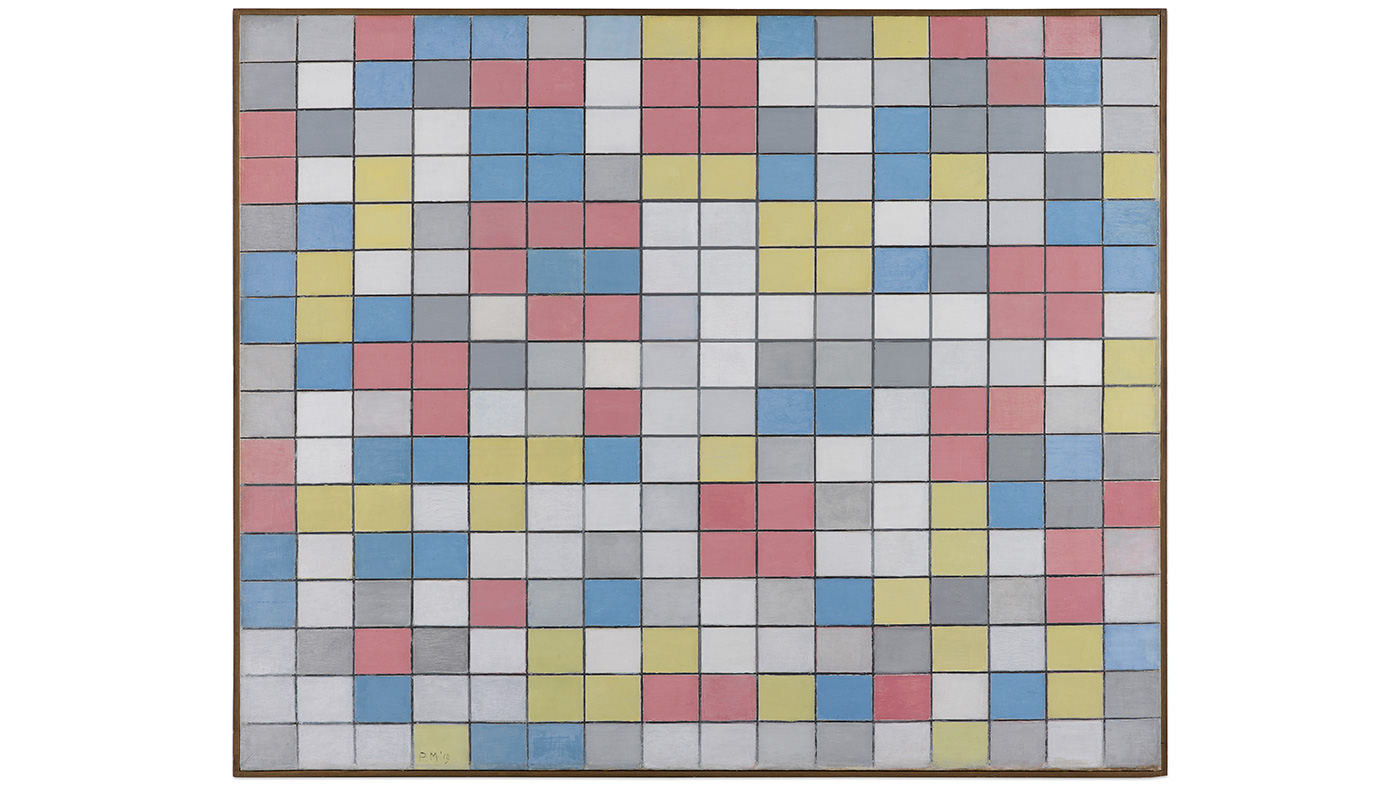
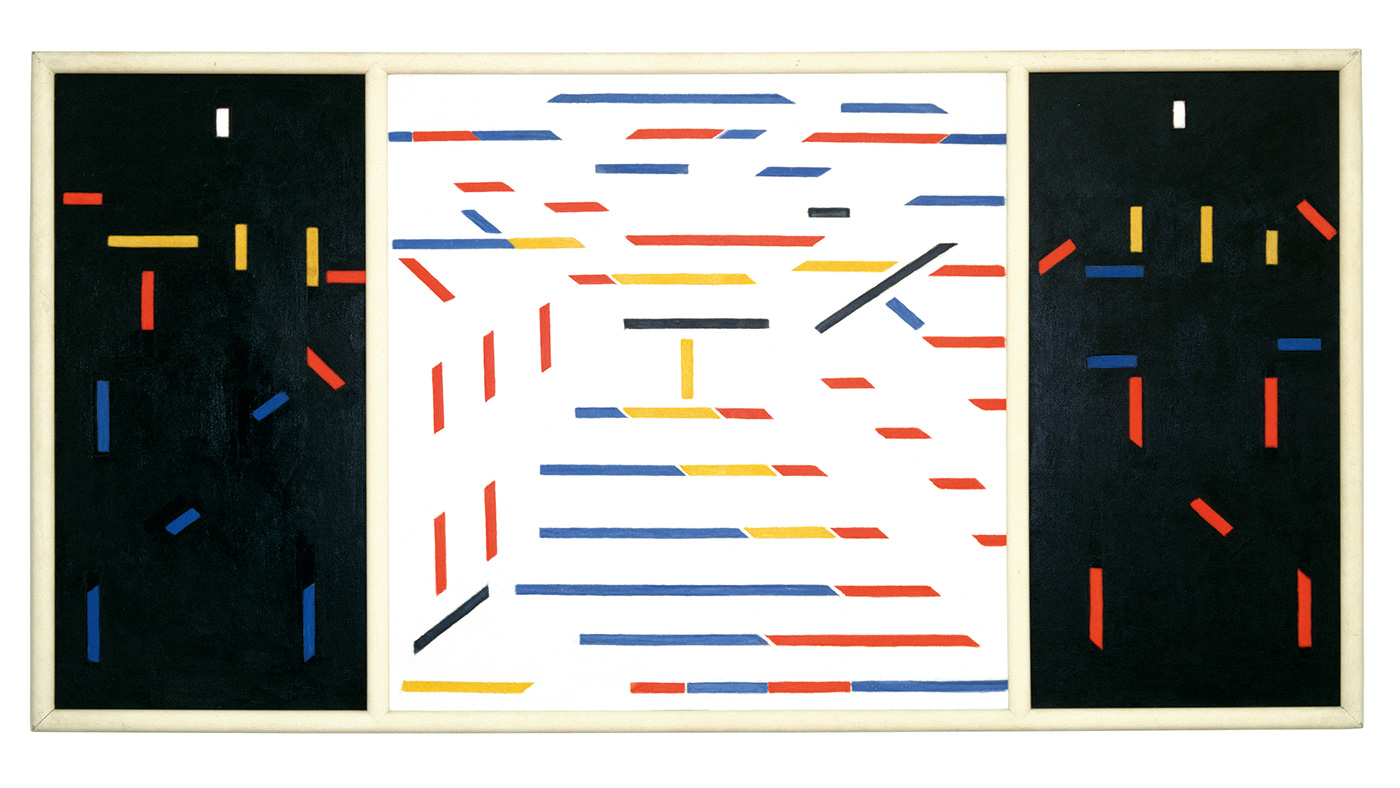
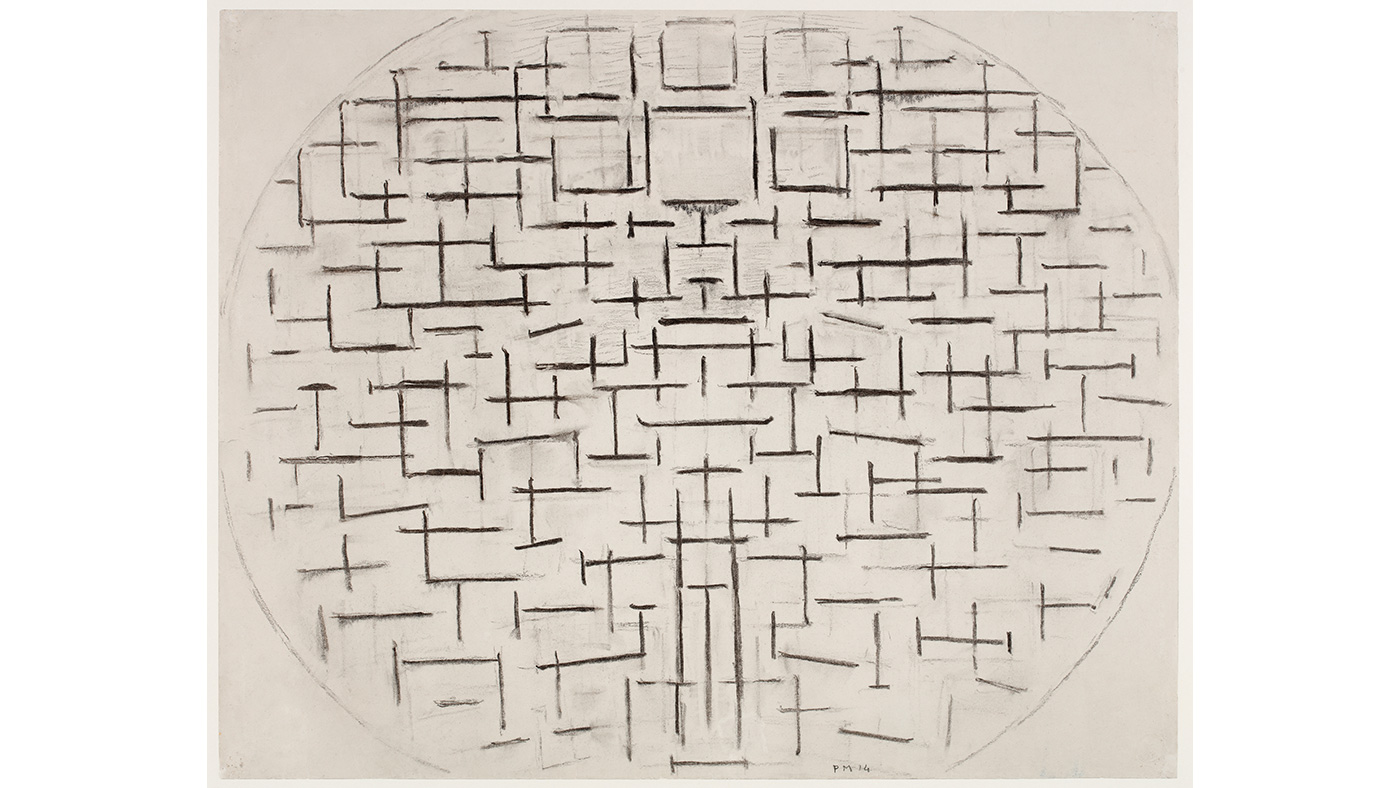
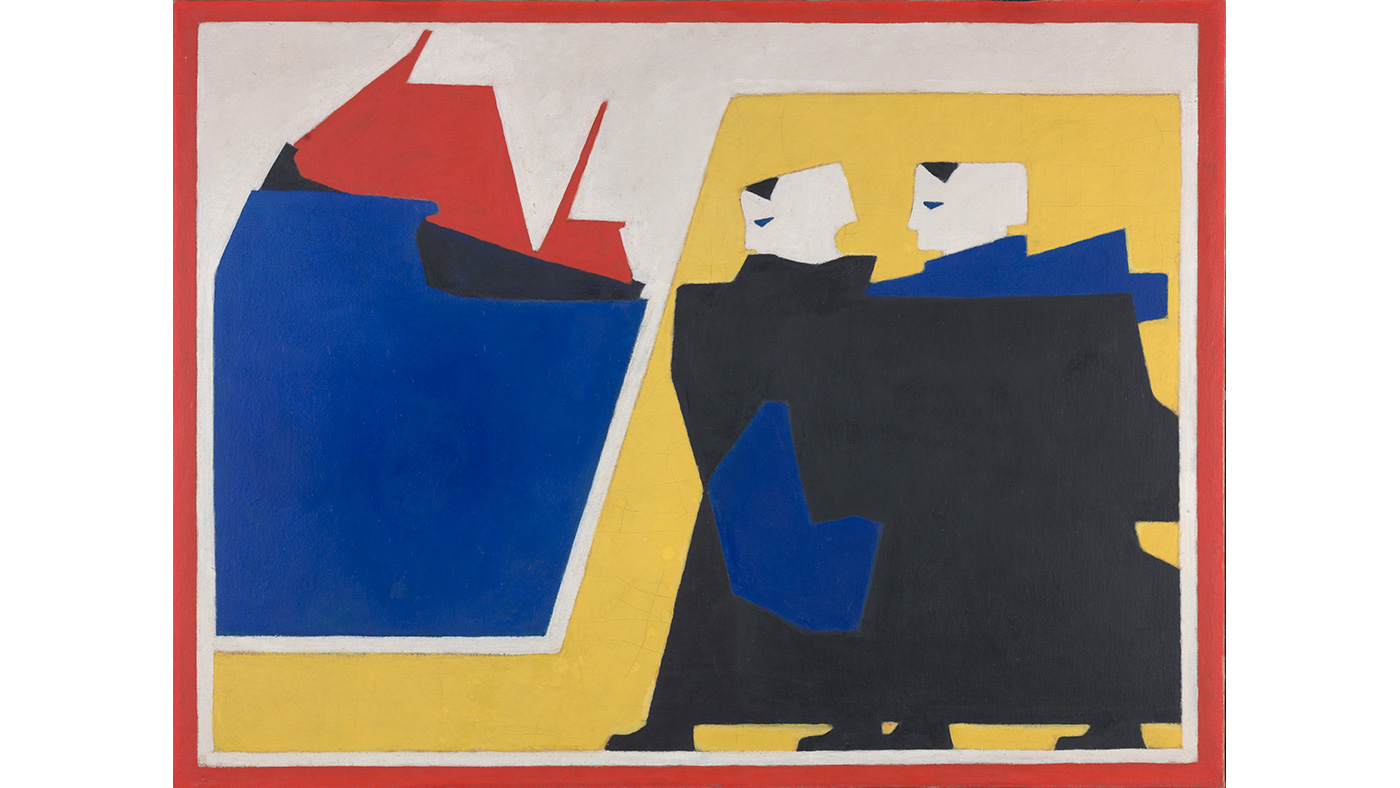
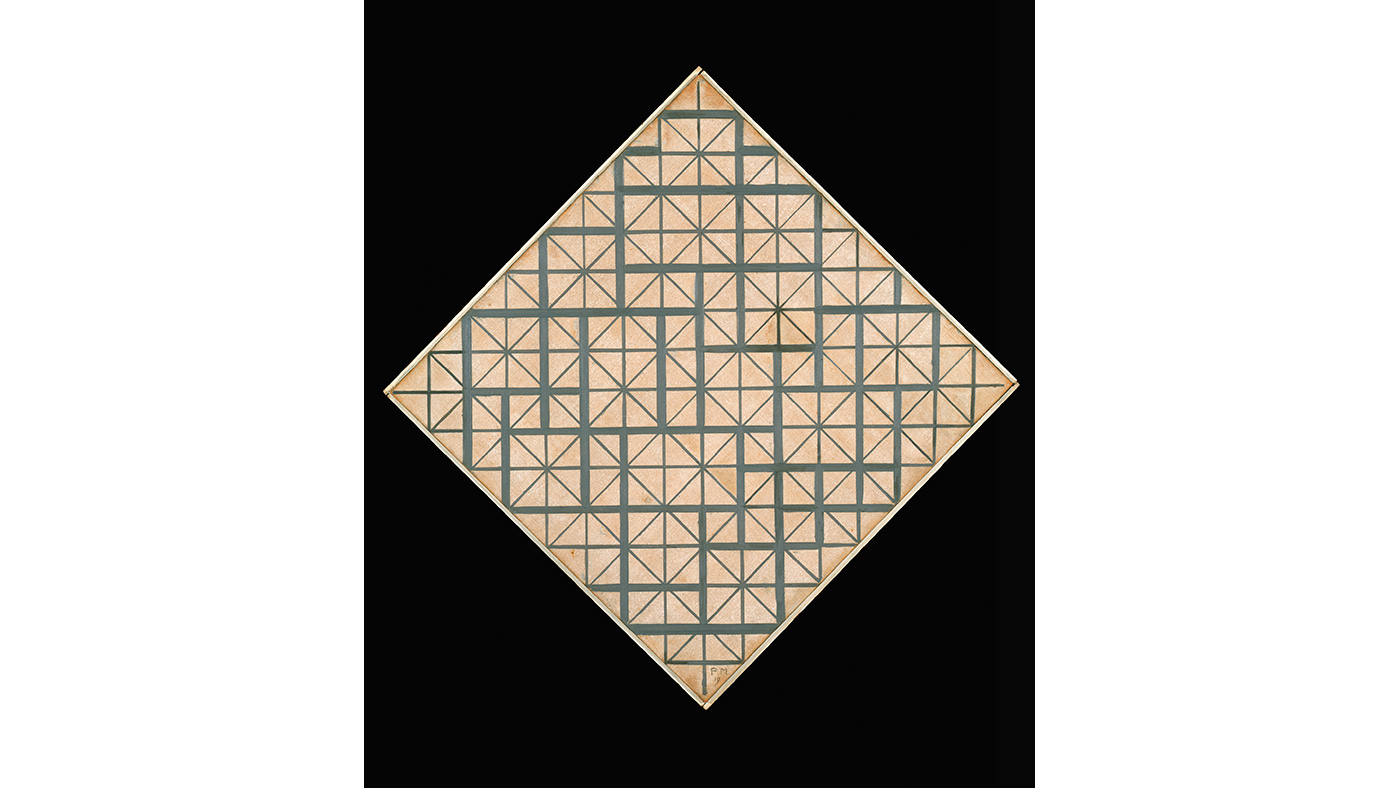
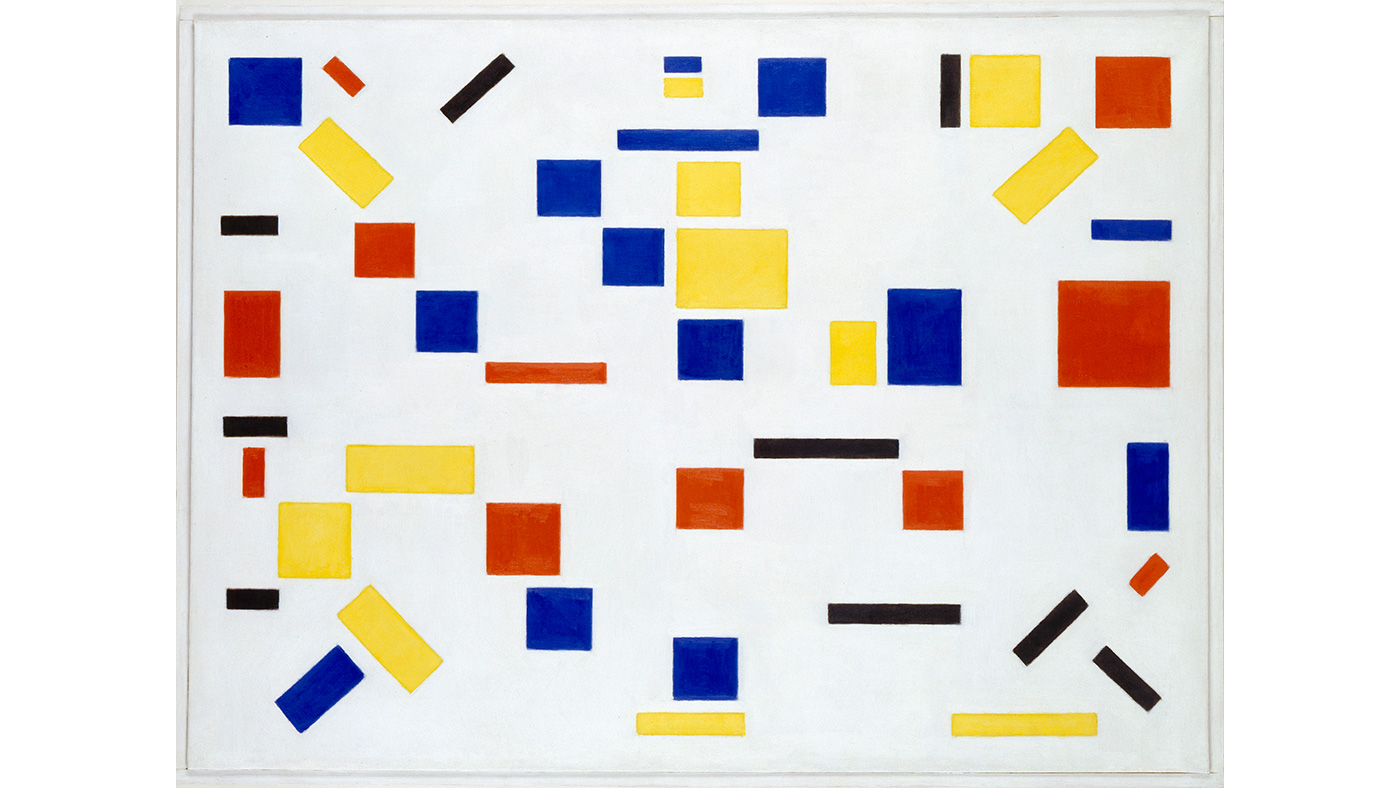
Piet Mondrian is among the best-known artists involved in the De Stijl movement. Home to the world's greatest collections of both Mondrian and De Stijl artworks, the Gemeentemuseum will be at the forefront of festivities in 2017 to mark the movement's 100th anniversary.
Among other events, the museum will take the unprecedented and unique step of presenting its entire Mondrian collection – no fewer than 300 works – in a single, great retrospective. This also includes works on loan from several museums around the world. I particularly like Mondrian's Composition in Black and Grey from the Philadelphia Art Museum - the first time it has been on loan outside the US.

In the early 1900s, the art world in the Netherlands was very much oriented towards the past, and a young generation of artists wanted to break away. The weight of tradition created a pressure cooker, so to speak, and it took almost five years for the new movement to flourish. When a small group of artists, spearheaded by Mondrian and Bart van der Leck, finally succeeded in exploring new frontiers, what they found was remarkable: an art that was as direct as life itself, modern and future-oriented.
The Week
Escape your echo chamber. Get the facts behind the news, plus analysis from multiple perspectives.

Sign up for The Week's Free Newsletters
From our morning news briefing to a weekly Good News Newsletter, get the best of The Week delivered directly to your inbox.
From our morning news briefing to a weekly Good News Newsletter, get the best of The Week delivered directly to your inbox.
I would say that De Stijl was exactly "on time", although only a few people understood this new art movement, let alone liked it. So for that reason one could say it was ahead of its time.

Mondrian was a well-trained landscape painter. In 1912 he went to Paris to develop his own work in a formal sense, focusing on the possibilities of line and colour to unveil beauty without the intervening disturbance of representation. When he met Van Der Leck in the small village of Laren at the beginning of 1916, he had already discovered possibilities to bring the image forward from the plane, as he called it, which meant the composition was no longer a window onto another world behind the frame, but that the composition was something that projected forward into the space in which the onlooker perceived the work. Illusion was not referring to something that was seen in the past, but something that happened in the "now" and was defining the future, much the same as dance or music projects into the future (takes anticipation of the moments ahead). He did this by composing his paintings out of restricted lines and colour fields, in what could roughly be described as primary colours.

Meanwhile, Van Der Leck had trained as a stained-glass worker and explored the possibilities of painting with light. Flat colour fields and heavy contours were the trade of his representational art when he met Mondrian. At that time he had already explored direct working of colours in space, searching for an "open image", as he called it, unbound and transformative, directly influencing the perception of space. Architecture had to be made into an illusionistic world.
The compositions of Mondrian are, in general, instantly recognisable and for that reason they are often regarded as a kind of marketing tool or branding. But something completely different, almost the opposite, is what is hiding behind the effort of the artist. What that is can only be discerned when one is prepared to concentrate, to make time and to lose oneself in front of the paintings themselves. In the Netherlands and all over the world, there is no element in modern culture that does not lead back to what these two artists did.
A free daily email with the biggest news stories of the day – and the best features from TheWeek.com
HANS JENSSEN is an expert on Mondrian and curator for modern art at large at Gemeentemuseum, The Hague; gemeentemuseum.nl.
Piet Mondrian and Bart van der Leck: Inventing a New Art runs from 11 February – 21 May as part of the year-long Mondrian to Dutch Design: 100 years of De Stijl programme. See holland.com for more information.
-
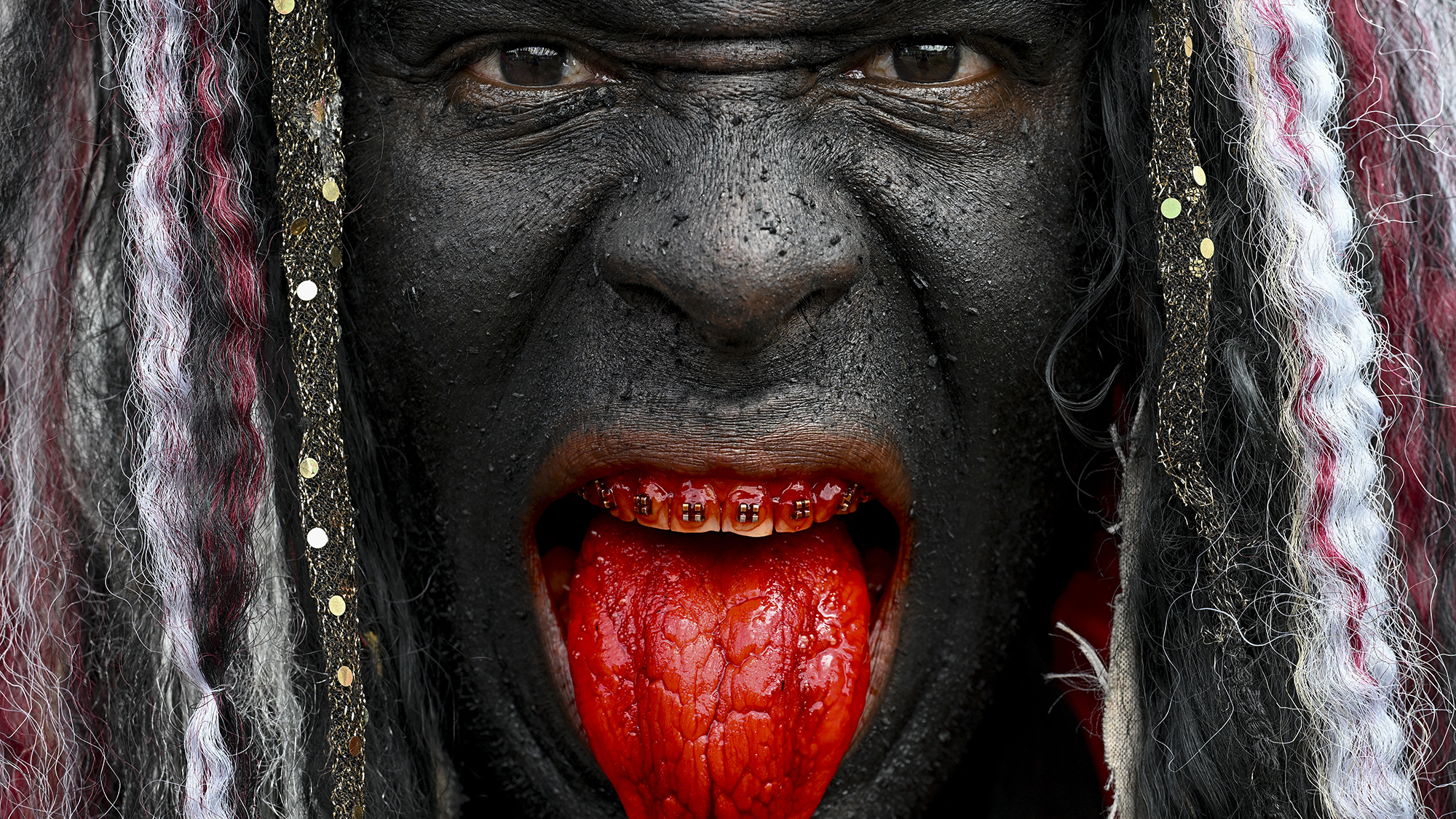 The week’s best photos
The week’s best photosIn Pictures A new year dawns, a volcano yawns, and more
-
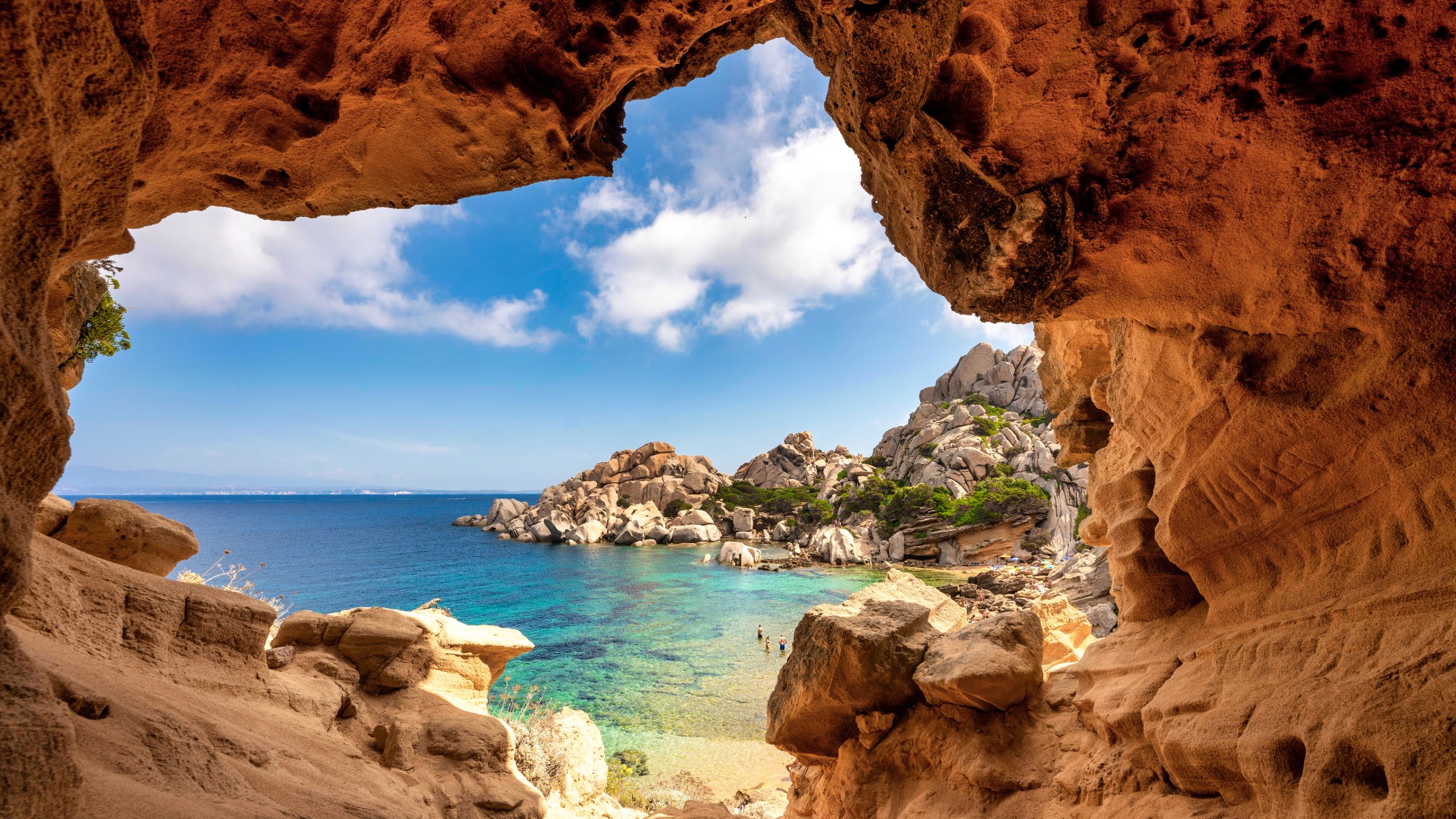 8 incredible destinations to visit in 2026
8 incredible destinations to visit in 2026The Week Recommends Now is the time to explore Botswana, Mongolia and Sardinia
-
 Wave of cancellations prompt Kennedy Center turmoil
Wave of cancellations prompt Kennedy Center turmoilIN THE SPOTLIGHT Accusations and allegations fly as artists begin backing off their regularly scheduled appearances
-
 From Panopticon to pleasure dome: Dutch prisons transformed
From Panopticon to pleasure dome: Dutch prisons transformedUnder the Radar The Netherlands is turning its domed prisons of 'terror' into vibrant community spaces
-
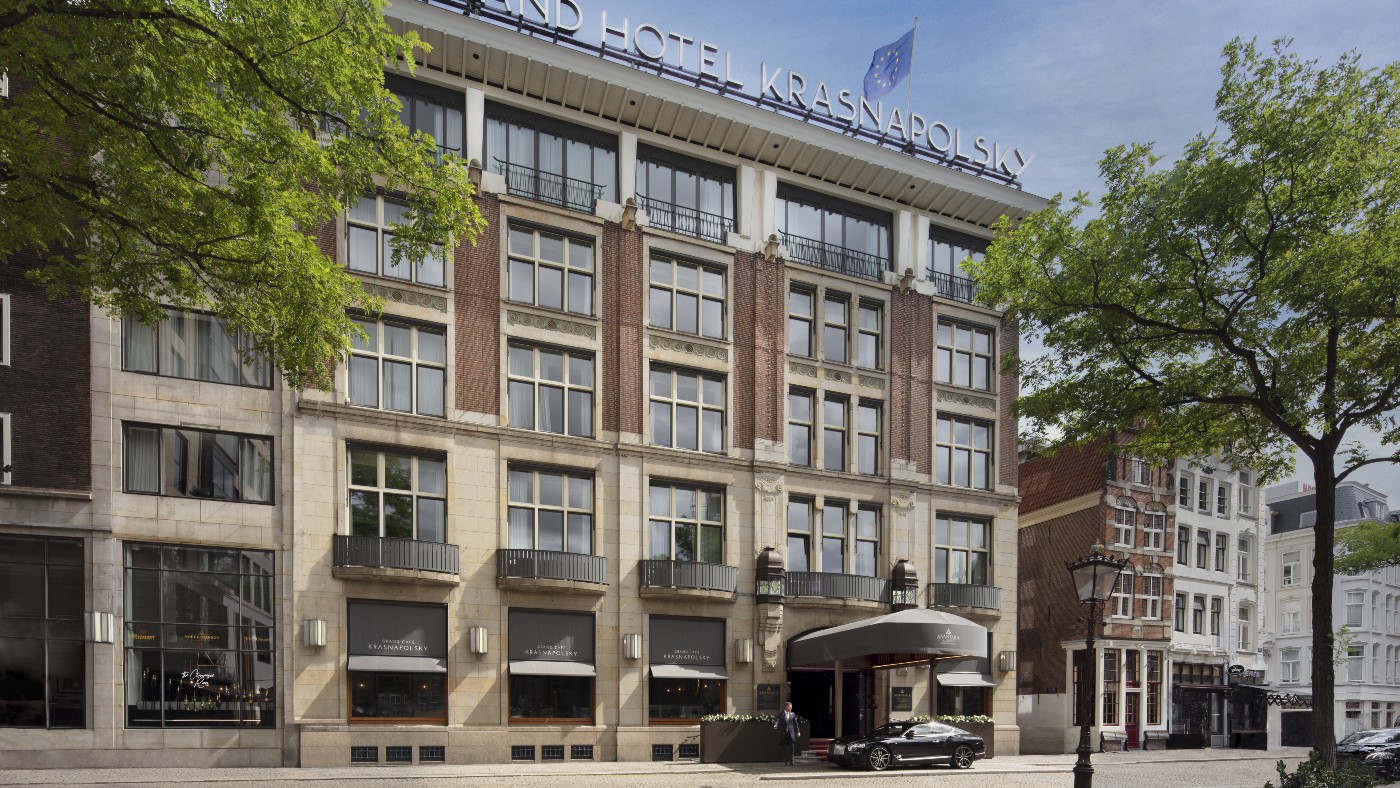 Anantara Grand Hotel Krasnapolsky review: a luxurious sanctuary in Amsterdam
Anantara Grand Hotel Krasnapolsky review: a luxurious sanctuary in AmsterdamThe Week Recommends This modern five-star on Dam Square makes a great base to explore the Dutch capital city
-
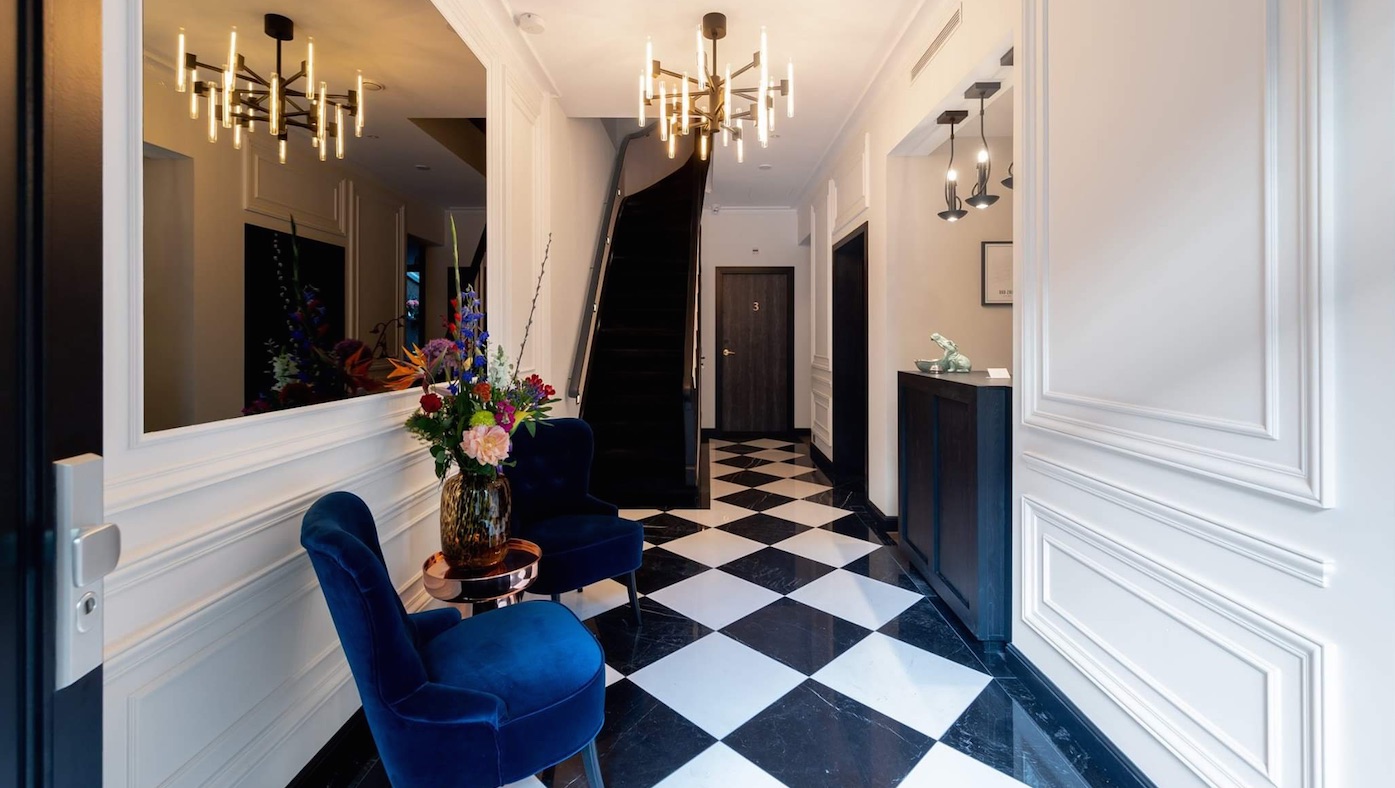 De Ware Jacob review: an Amsterdam boutique hotel with a personal touch
De Ware Jacob review: an Amsterdam boutique hotel with a personal touchThe Week Recommends A chic family-friendly address near the museum quarter that keeps things simple
-
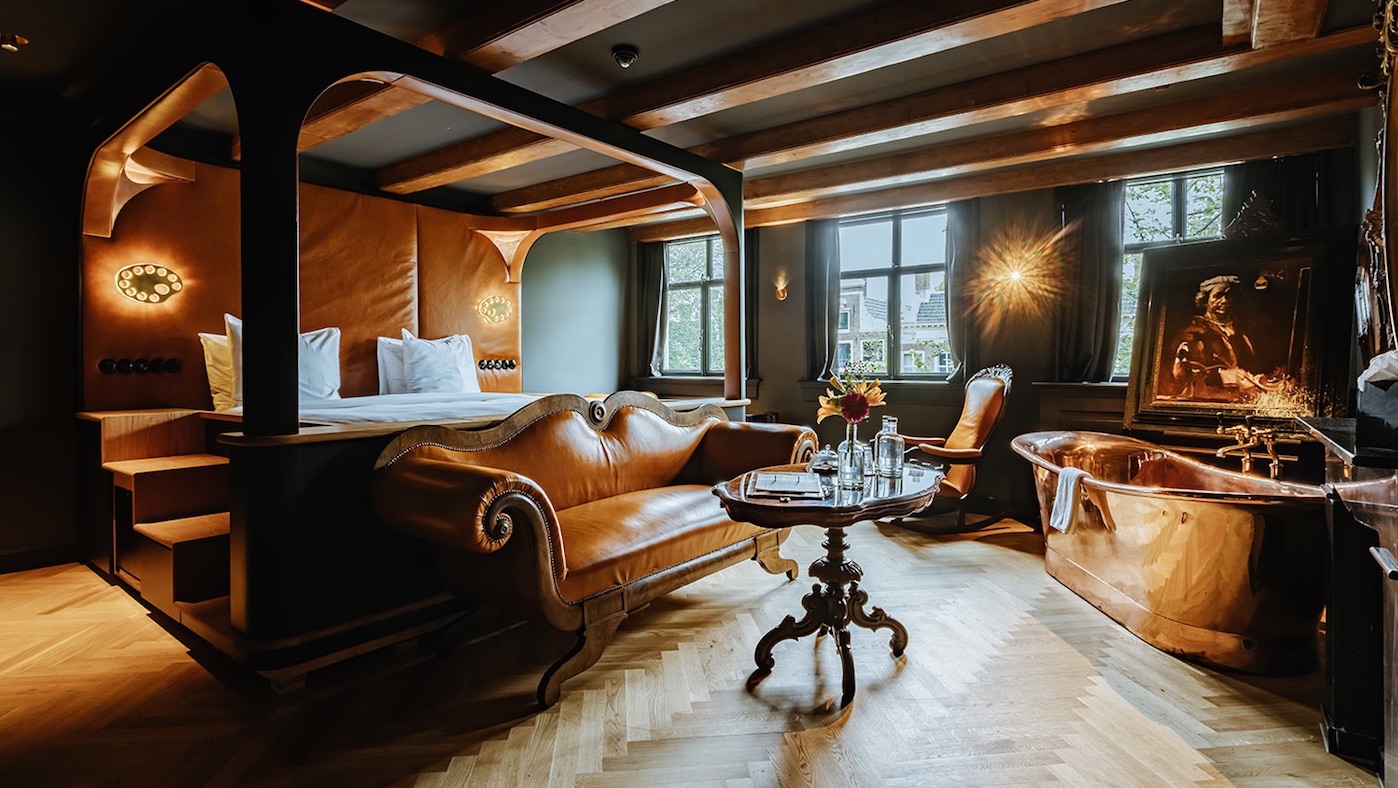 Hotel The Noblemen, Amsterdam review: innovative design meets old world charm
Hotel The Noblemen, Amsterdam review: innovative design meets old world charmThe Week Recommends A boutique canal house that turns Dutch history into a luxury experience
-
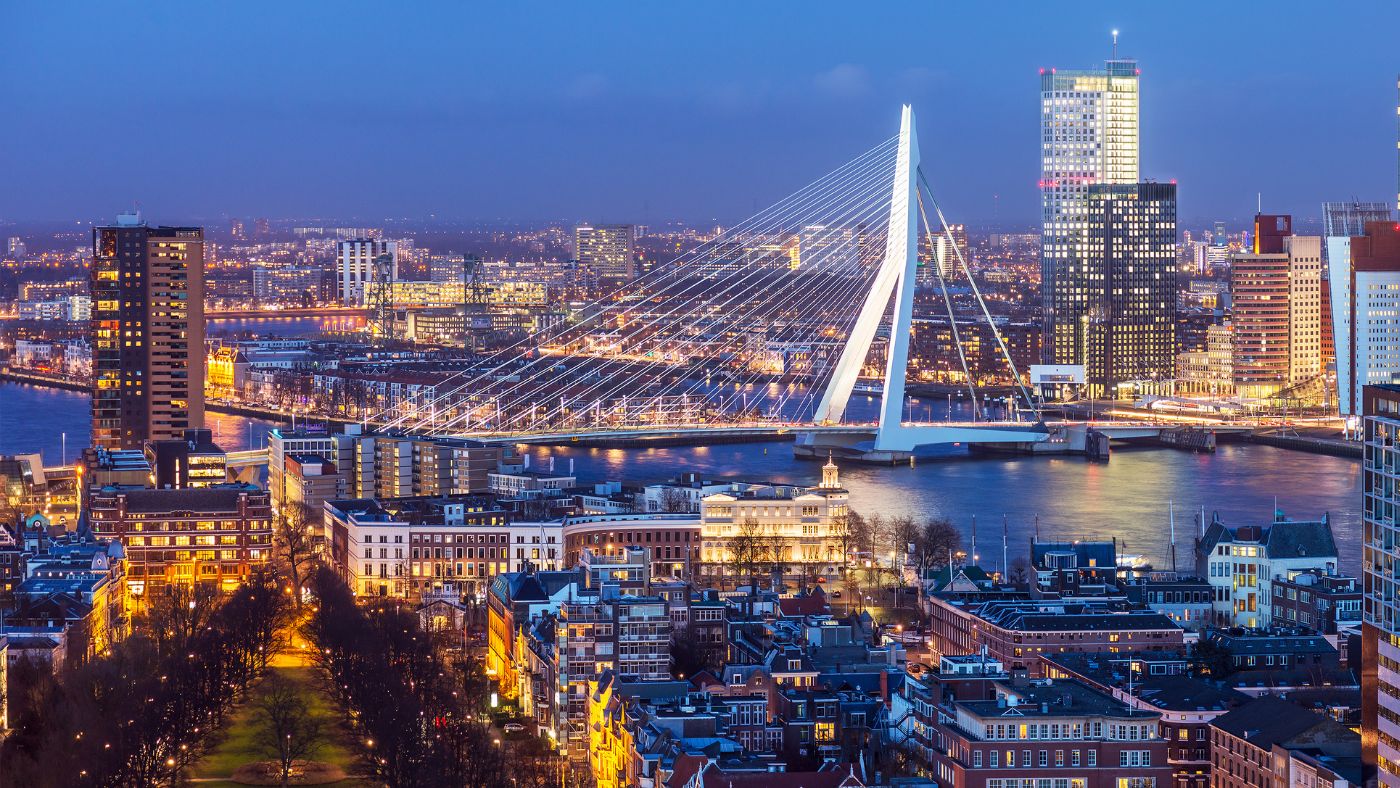 A weekend in Rotterdam: travel guide, things to do, food and drink
A weekend in Rotterdam: travel guide, things to do, food and drinkThe Week Recommends Everything you need to know for a city break in ‘Manhattan on the Maas’
-
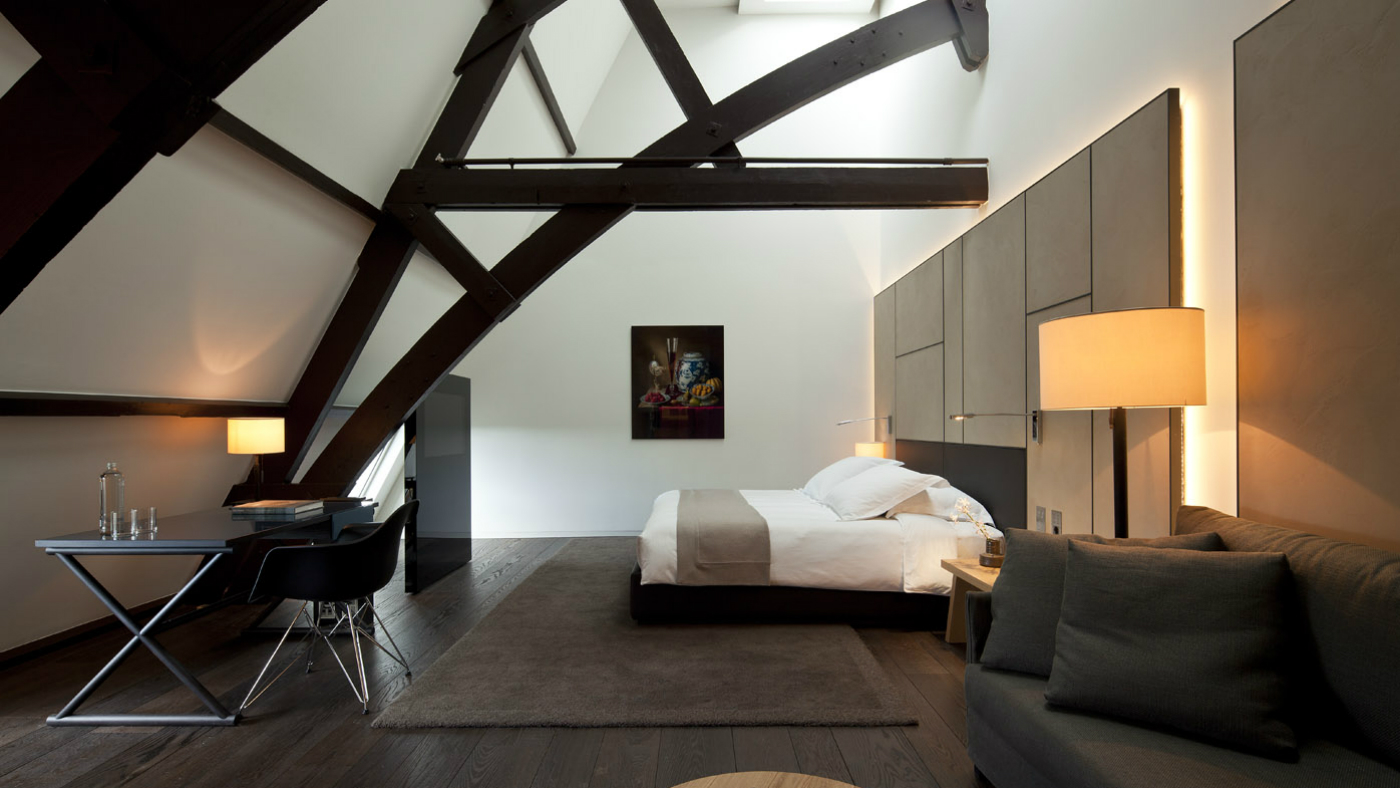 High fidelity: Conservatorium Amsterdam hotel review
High fidelity: Conservatorium Amsterdam hotel reviewIn Depth Former bank and musical conservatory transformed with a stunning contemporary makeover
-
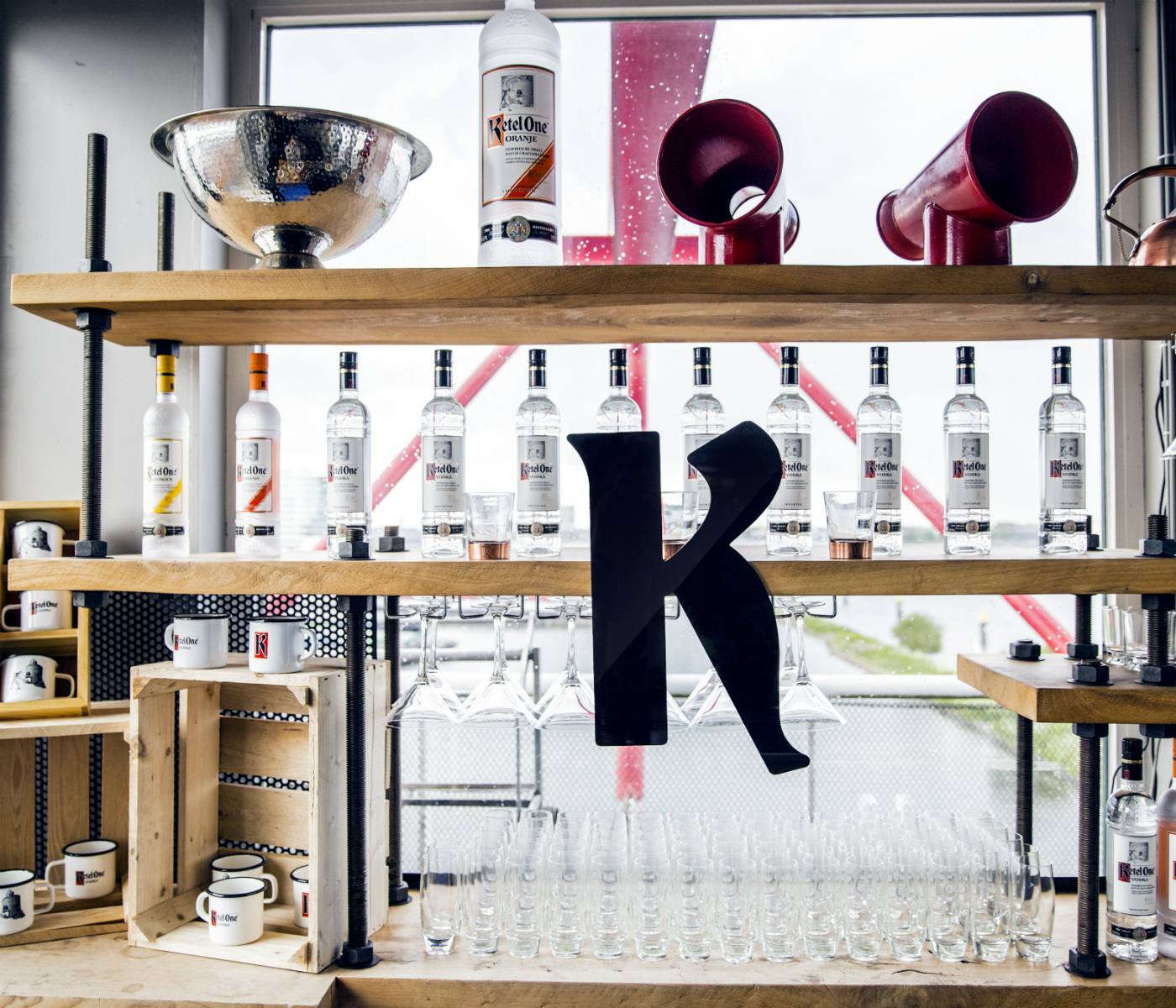 Ketel One Vodka: A family affair
Ketel One Vodka: A family affairIn Depth Three hundred years, eleven generations and an innovative mix of old and new give birth to a drink that challenges preconceptions
-
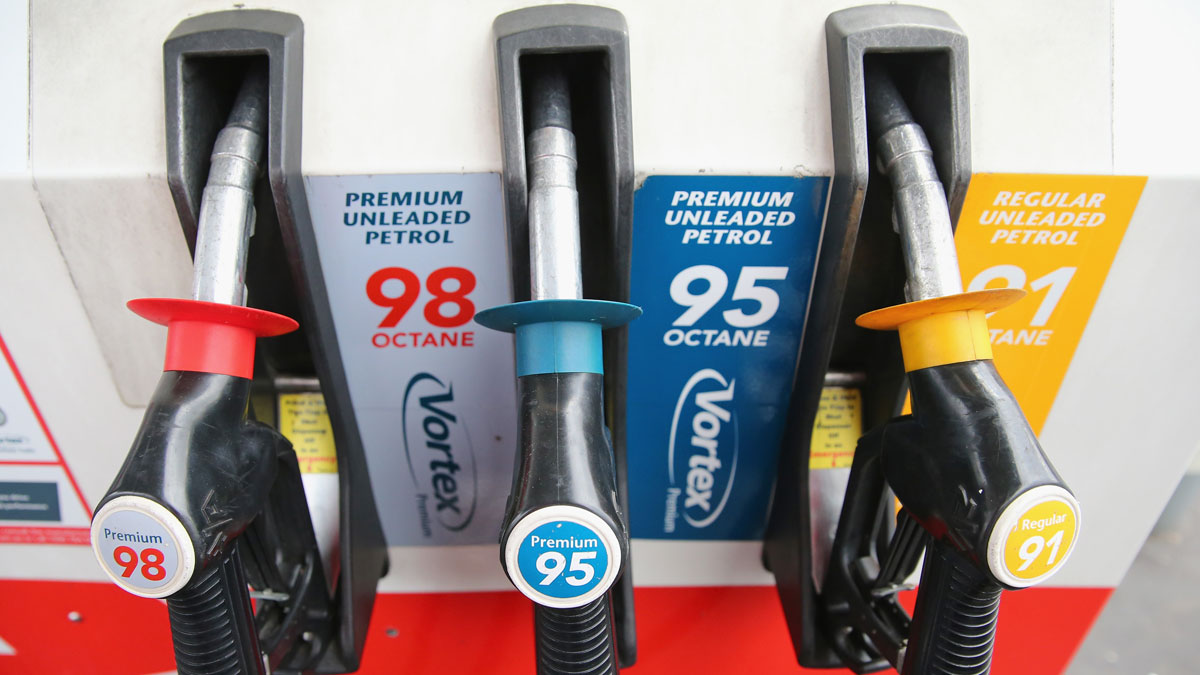 Dutch MPs vote to ban sales of petrol and diesel cars
Dutch MPs vote to ban sales of petrol and diesel carsSpeed Read Netherlands plans to phase out high-emission vehicles and sell only electric and hydrogen cars by 2025